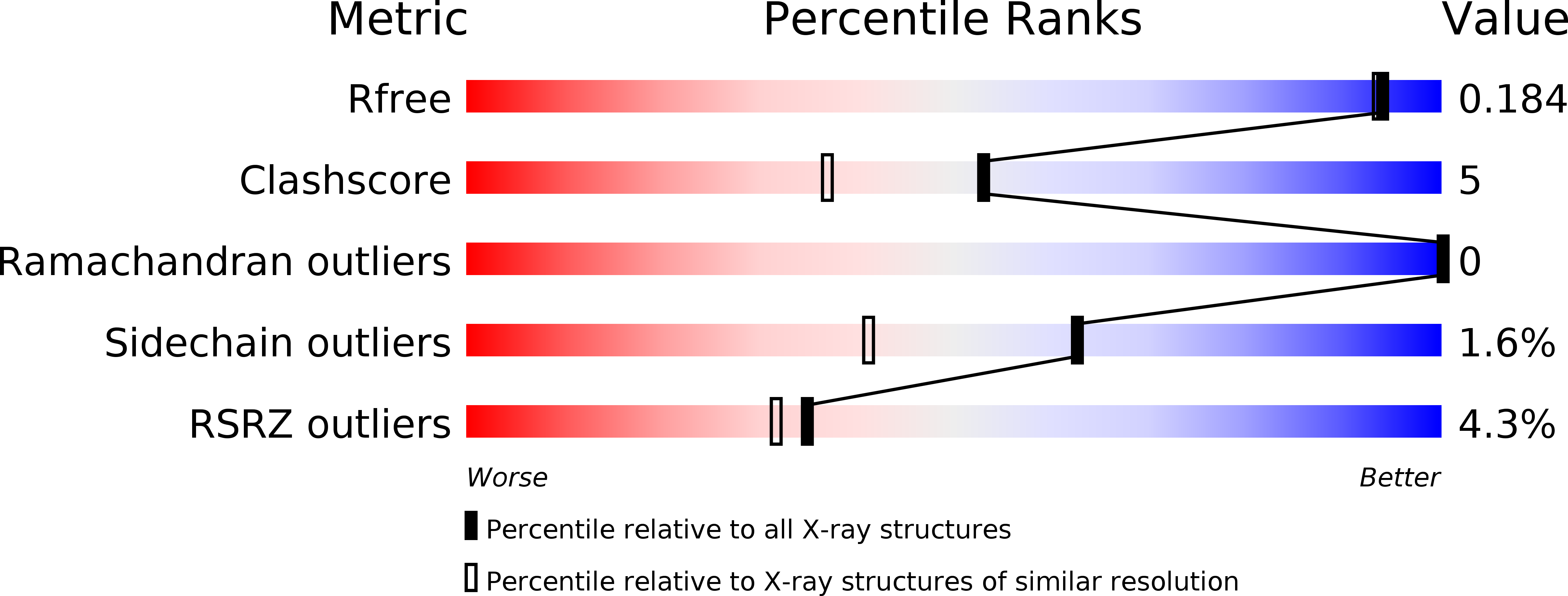
Deposition Date
2009-01-20
Release Date
2009-05-05
Last Version Date
2024-11-06
Entry Detail
Biological Source:
Source Organism:
RHIPICEPHALUS APPENDICULATUS (Taxon ID: 34631)
Host Organism:
Method Details:
Experimental Method:
Resolution:
1.60 Å
R-Value Free:
0.17
R-Value Work:
0.13
R-Value Observed:
0.14
Space Group:
P 21 21 2


